READER: DARMSTADT SONICALS
25.07.2025
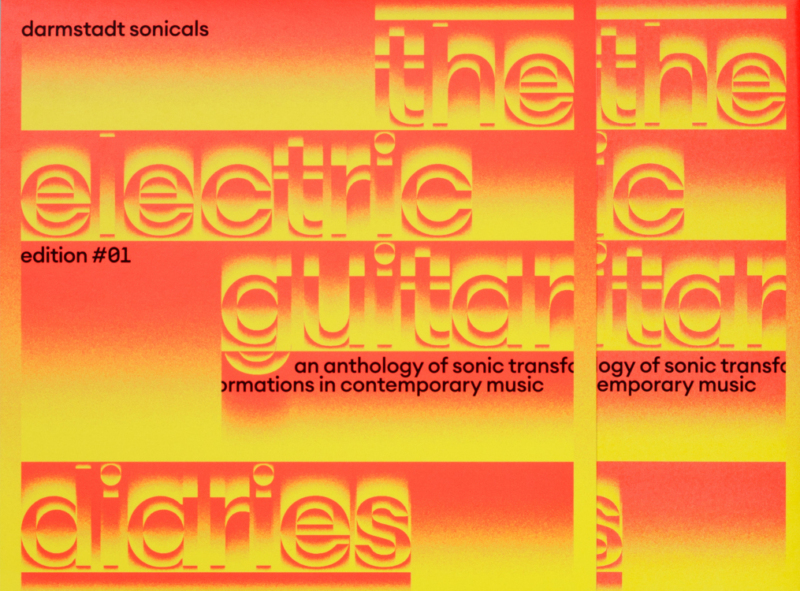
PRESENTATION OF THE DARMSTADT SONICALS EDITION
With Thomas Schäfer, Christoph Haffter, Sylvia Freydank, Uli Fussenegger, Sarah Nemtsov & Artur Miranda Azzi
Yaron Deutsch (Moderation)
Mit Thomas Schäfer, Christoph Haffter, Sylvia Freydank, Uli Fussenegger, Sarah Nemtsov & Artur Miranda Azzi
Simon Løffler: b for 3 musicians (2012)
Mirela Ivičević: Dreamwork (2018) Live-Soundtrack zum Film von Peter Tscherkassky / Live soundtrack to the film by Peter Tscherkassky
Catherine Lamb: line/shadow (2011)
zone expérimentale basel (Ensemble des Masterstudiengangs für Zeitgenössische Musik an der Hochschule für Musik in Basel/sonic space)
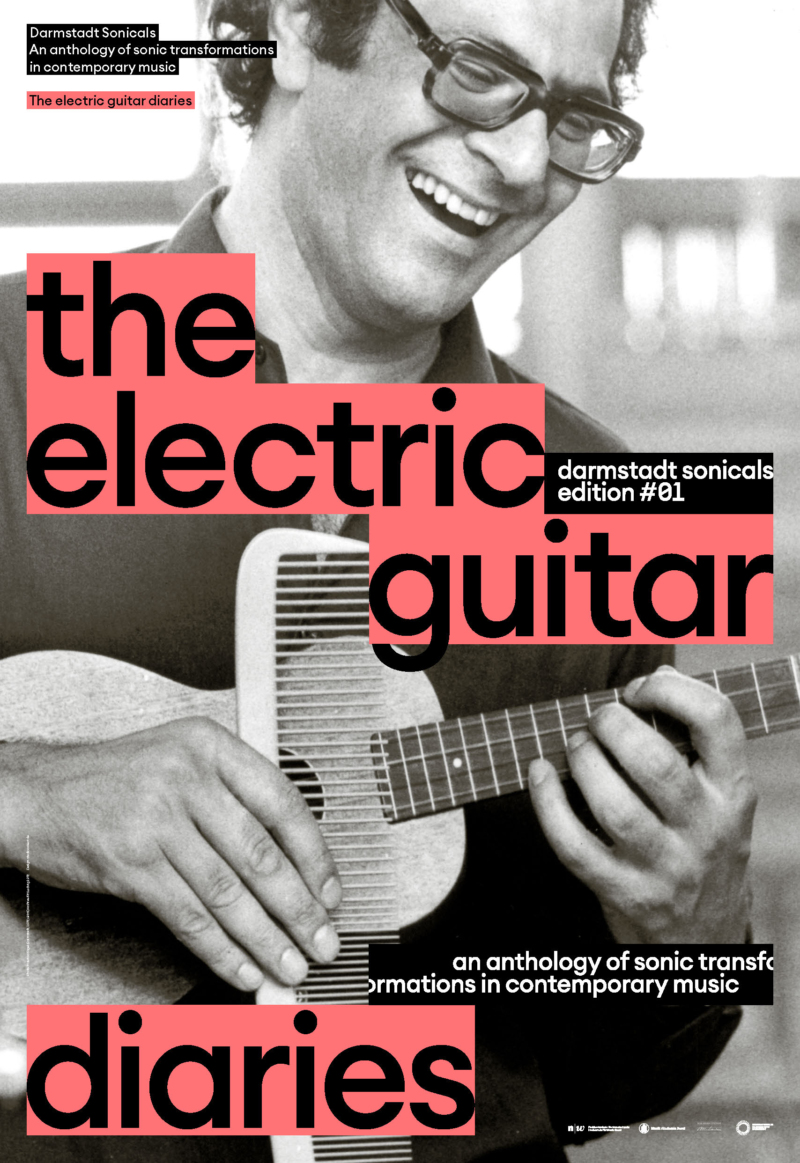
Wenn die Faszination für Archive – als Wissensspeicher, als Impulsgeber für Rück- und Ausblicke, als Brücke zwischen Historie und Gegenwart – geteilt wird, ist dies ohne Frage ein Glücksfall. Die jüngste Zusammenarbeit zwischen der Hochschule für Musik Basel und dem Internationalen Musikinstitut Darmstadt (IMD) ist das Ergebnis eines solchen Glücksfalls, und das Resultat ist das Projekt Darmstadt Sonicals. Entwickelt von dem Gitarristen Yaron Deutsch, Professor in Basel und Dozent bei den Darmstädter Ferienkursen, ist Darmstadt Sonicals in erster Linie ein kuratorisches Projekt, bei dem das Archiv des IMD sowohl Quelle als auch Protagonist ist. Mit Aufnahmen, Briefen, Fotos und Dokumenten von dessen Gründung im Jahr 1946 bis in die Gegenwart will Deutsch eine kohärente Anthologie der klanglichen Transformationen innerhalb der zeitgenössischen Musik bieten. Die erste Ausgabe – the electric guitar diaries – ist auf sechs Jahre angelegt und bietet eine Zusammenstellung von 27 Kompositionen, die sowohl auf digitalen Plattformen als auch physisch in Form eines Box-Sets (3 Vinyls und ein Booklet) erhältlich sind, das mit Essays, Fotos und anderen tiefgehenden Raritäten gefüllt ist.
Projekt und Vinyl-Box werden in Darmstadt in einem Konzert-Gespräch mit dem ensemble zone expérimentale basel und Werken von Simon Løffler, Mirela Ivičević und Catherine Lamb präsentiert.
Yaron DeutschThe "Darmstadt Sonicals" publication is first and foremost a curatorial project in which the archive of the renowned International Musikinstitut Darmstadt (IMD) is both a resource and a protagonist. In a world obsessed with finding the next new thing it is easy to miss the rich potential of archive institutions as content generators. As such, exploring the IMD archive was not solely done for the sake of configuring the past and pres- ent of contemporary music, but also for reconfiguring alternative paths into its future. Be it the rethinking of common practices or the revival of overlooked musical relics, rejuvenation – as foreign as may sound to the idea of archive – has served as a formative building block to this publication. With unlimited access to the IMD archive – one of the most important institutes for contemporary music and a historic platform that fueled, accommodated, and documented some of the most prolific moments in the field of contemporary music in real time – the curated content offers a concise observation on long term processes that have been shaping the sound of contemporary music. From the outset of the Darmstadt Summer Course in 1946 through the present, this vibrant musical meeting point offers an authentic prism – for better or worse – through which we can examine an abundance of transformations in music and beyond. For such, the pairing of the electric guitar and its evolution into contemporary music seemed like the perfect litmus test and a natural fit to be the opening theme in a series of hopefully many more to come editions of the "Darmstadt Sonicals".
B
b for 3 musicians (2012) attempts to be one single instrumental body in which the musicians connect physically through simple body movements. With their hands they touch each other to make static electricity audible, with their feet they activate different patterns of pitched feedback through unplugged guitar pedals.

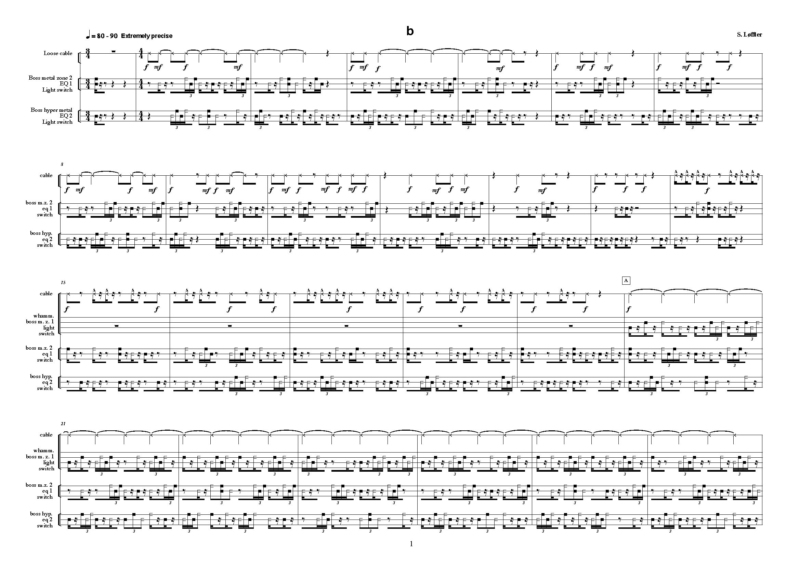
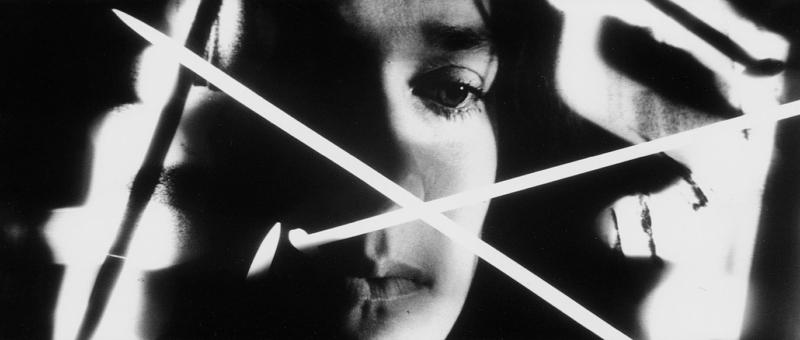
DREAM WORK
Live soundtrack to the film by Peter Tscherkassky
Note to ghosts: don’t mess with Cluster B lady.
Inspired by Peter Tscherkassky’s approach – who used material from Sidney J. Furie’s The Entity (1981) to create something entirely different – I returned to the original film, in which a woman is sexually assaulted by an invisible, ghost-like force. I extracted sharp-edged fragments from the low quality recording of the original soundtrack, processed them heavily, and juxtaposed them with my own voice, as well as various electronic and instrumental sounds, aiming to create a soundtrack in which roles are reversed.
Mirela Ivičević
Peter TscherkasskyDream Work (2001, 35mm CinemaScope, b/w, 11 min) A woman goes to bed, falls asleep and begins to dream. This dream leads her into a landscape of light and shadow that only classical cinematography is capable of producing in this form. “Dream Work” is – after “L'Arrivée” and “Outer Space” – the third part of my CinemaScope trilogy. The unifying formal element of this trilogy is a technique of contact copying, in which found film material is copied onto raw film in the darkroom – by hand and frame by frame. In this way, I realize in a literal way the central mechanisms of the dream to create meaning, the dream work, as Sigmund Freud described it: the displacement and the condensation. The reinterpretation of the content of the filmic source material takes place by “shifting” it out of its original context and at the same time – by means of multiple exposures – “condensing” it. In addition, “Dream Work” is a homage to Man Ray, who was the first artist to use contact copying as a film production technique with his famous rayograms in 1923 in “Le retour á la raison”. “Dream Work” attempts to interpret his best-known rayograms – those of thumbtacks, needles and salt – as erotic metaphors within a woman's dream.
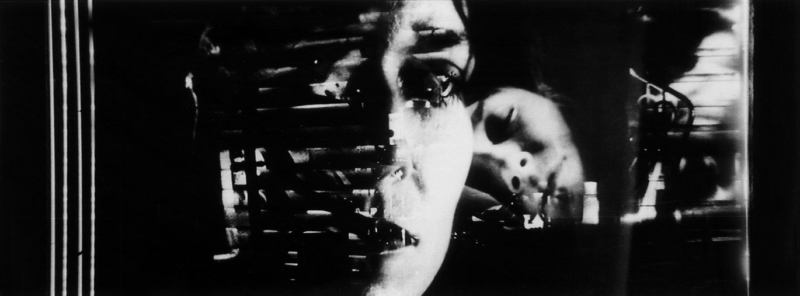
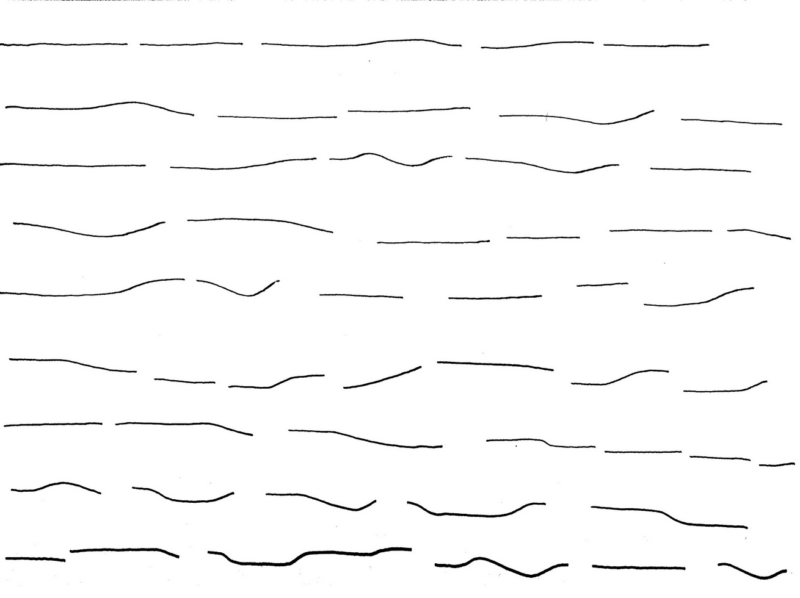
LINE/SHADOW
line/shadow is a graphic/text score from 2011, and was created as directive listening for an ensemble. It is related to as two…or three..or four… (2008) a text score for solo performer exploring the limits of one’s capability of density. Curved areas between unisons, perceptions around critical band, and narrowed windows of pitch space are led by drawn lines and sustained points along/within those unfolding zones.
Catherine Lamb
Interview from 22.07.2025 with Friedemann Dupelius, Karl Ludwig and Verena Hahn.

